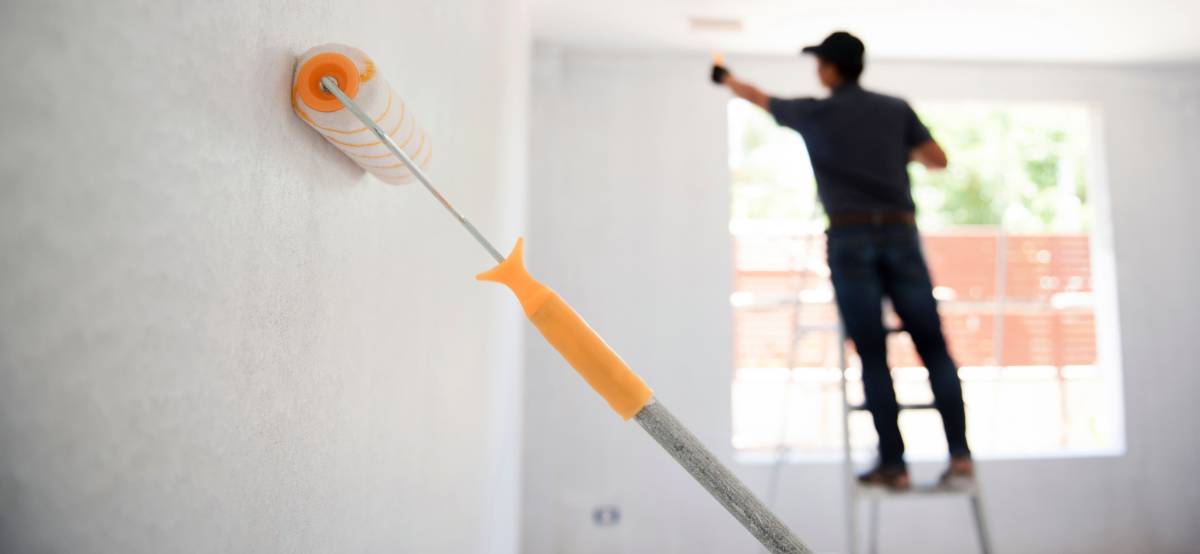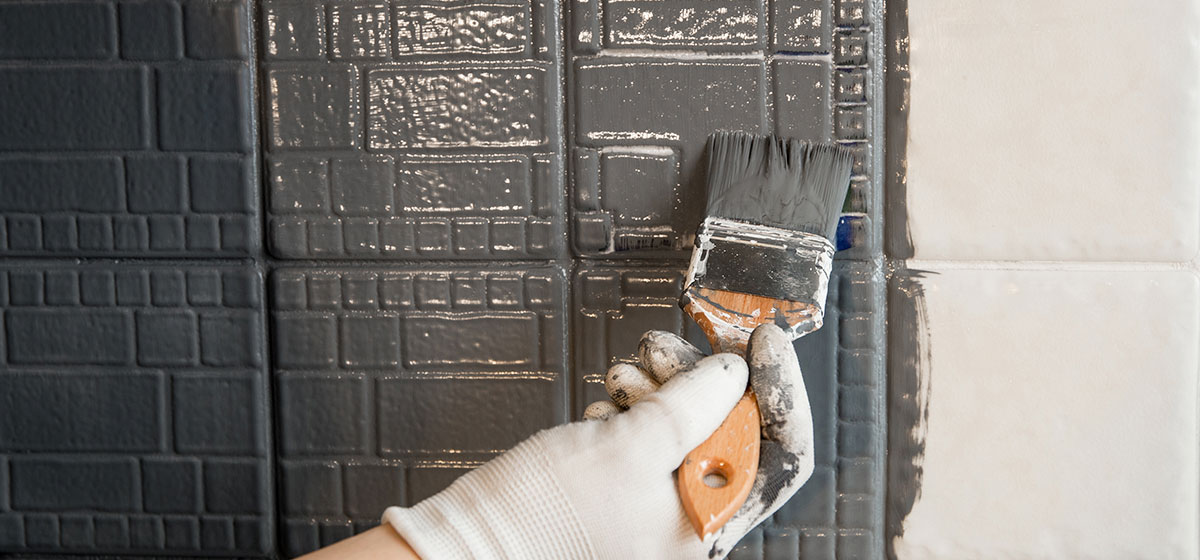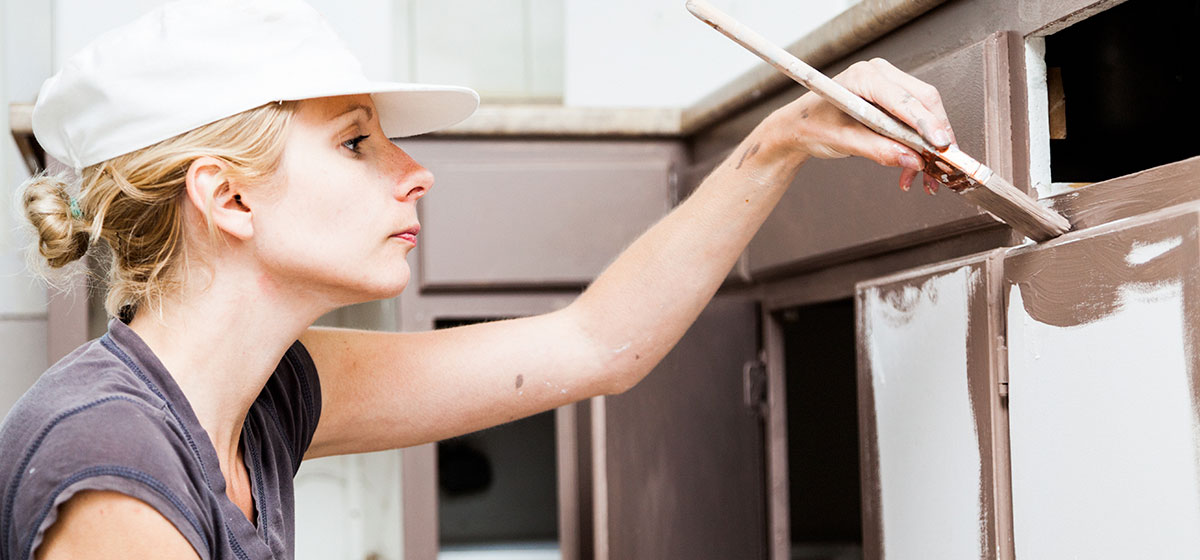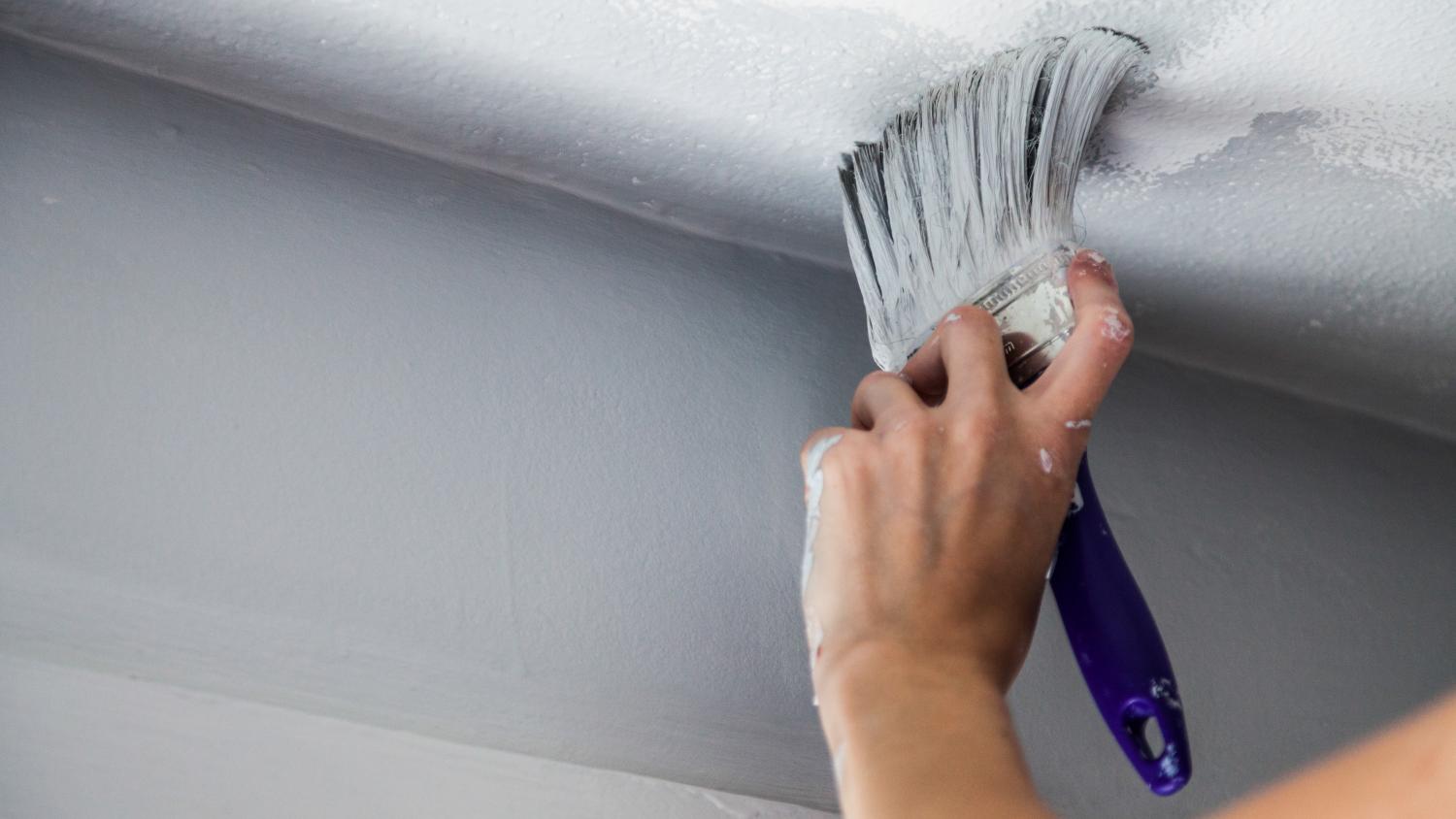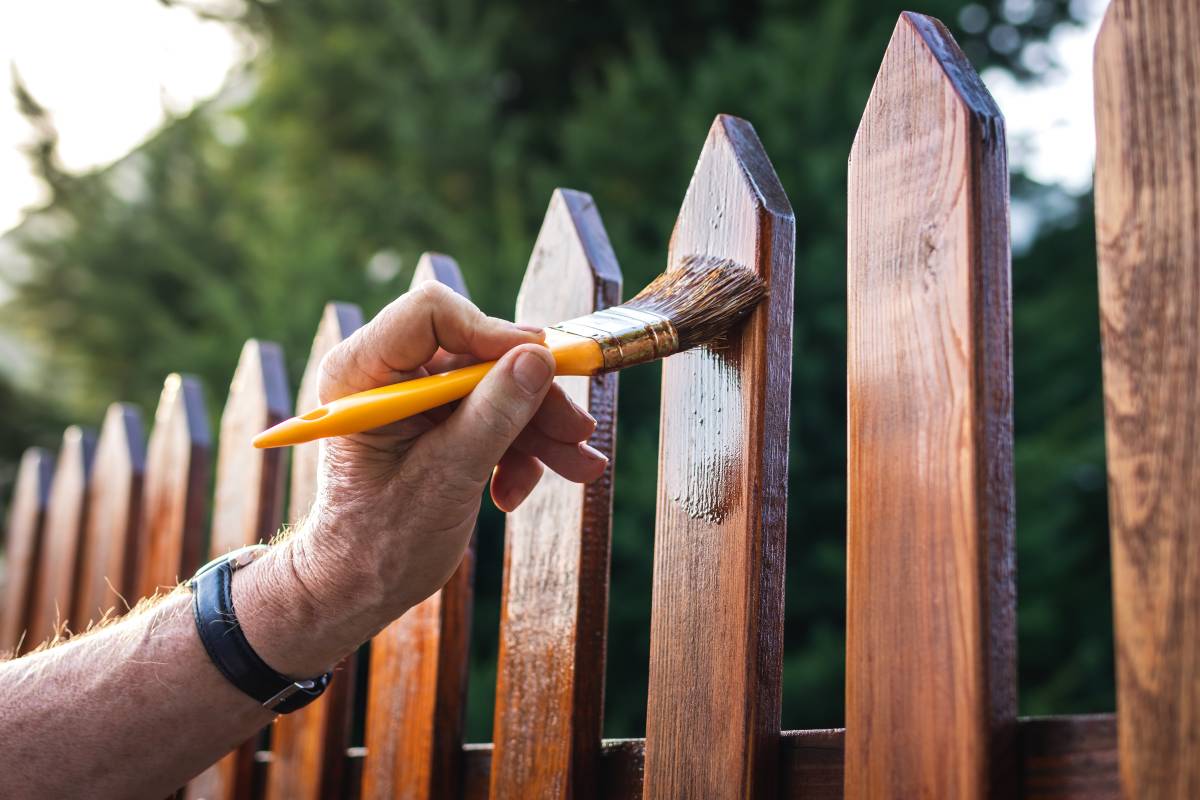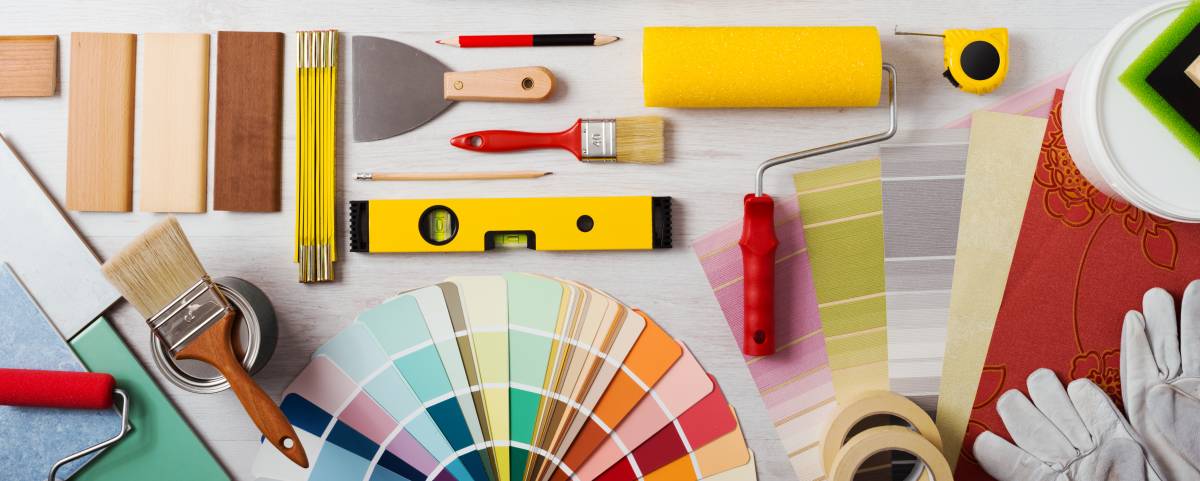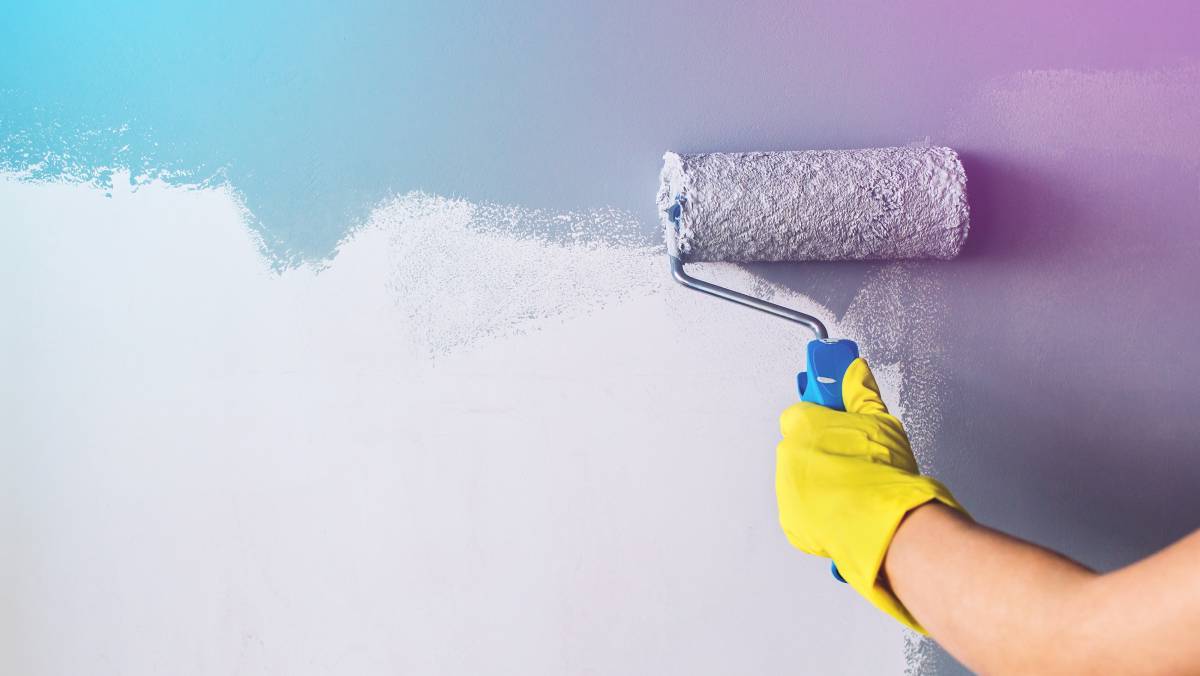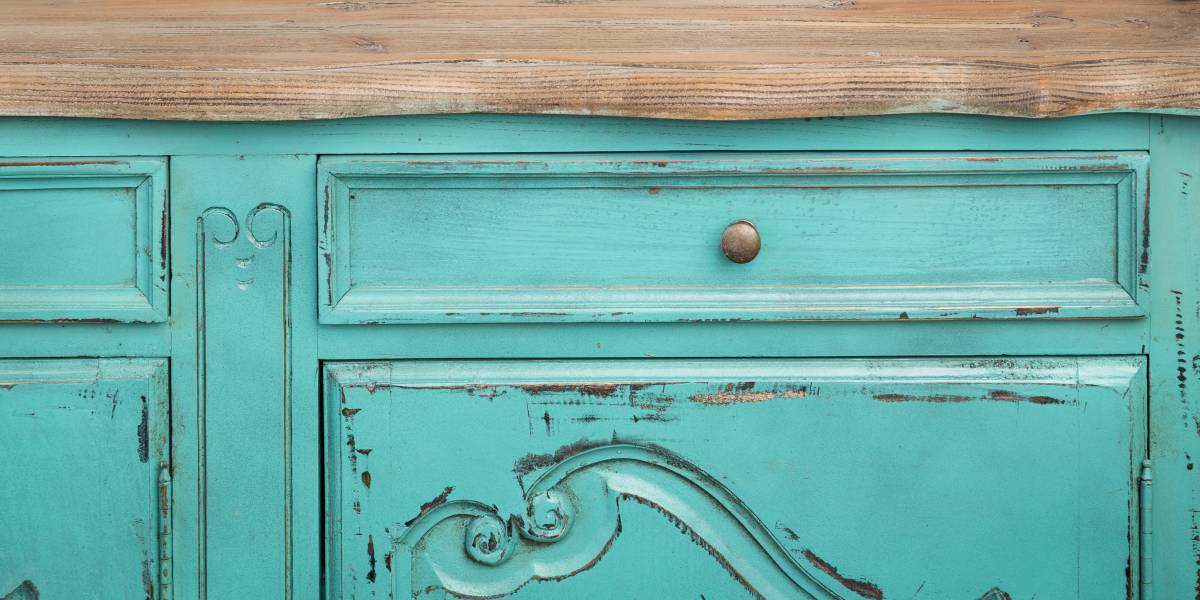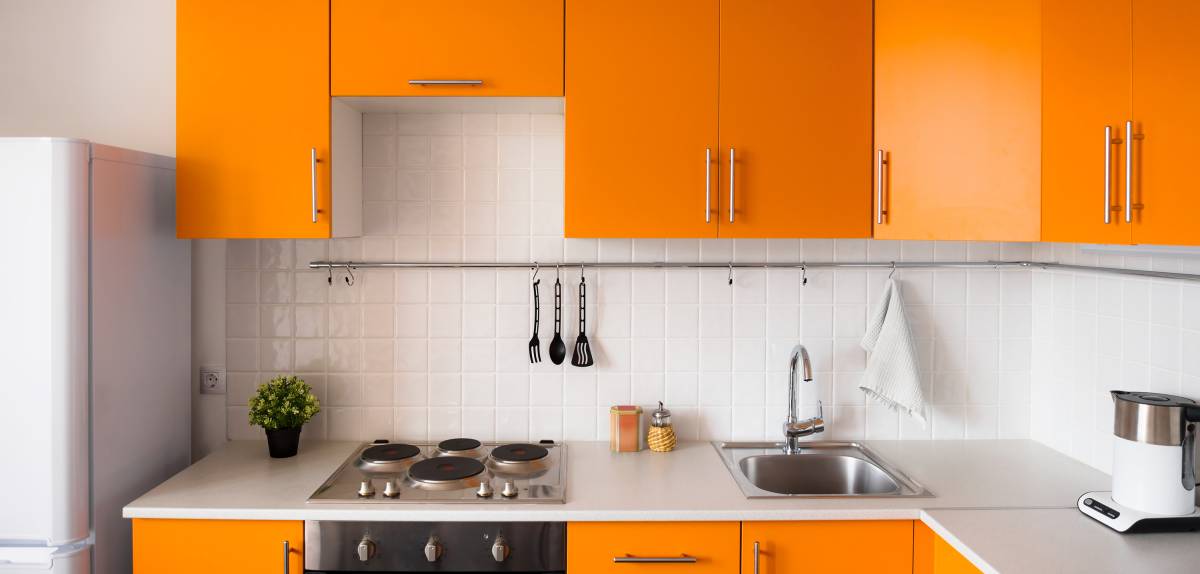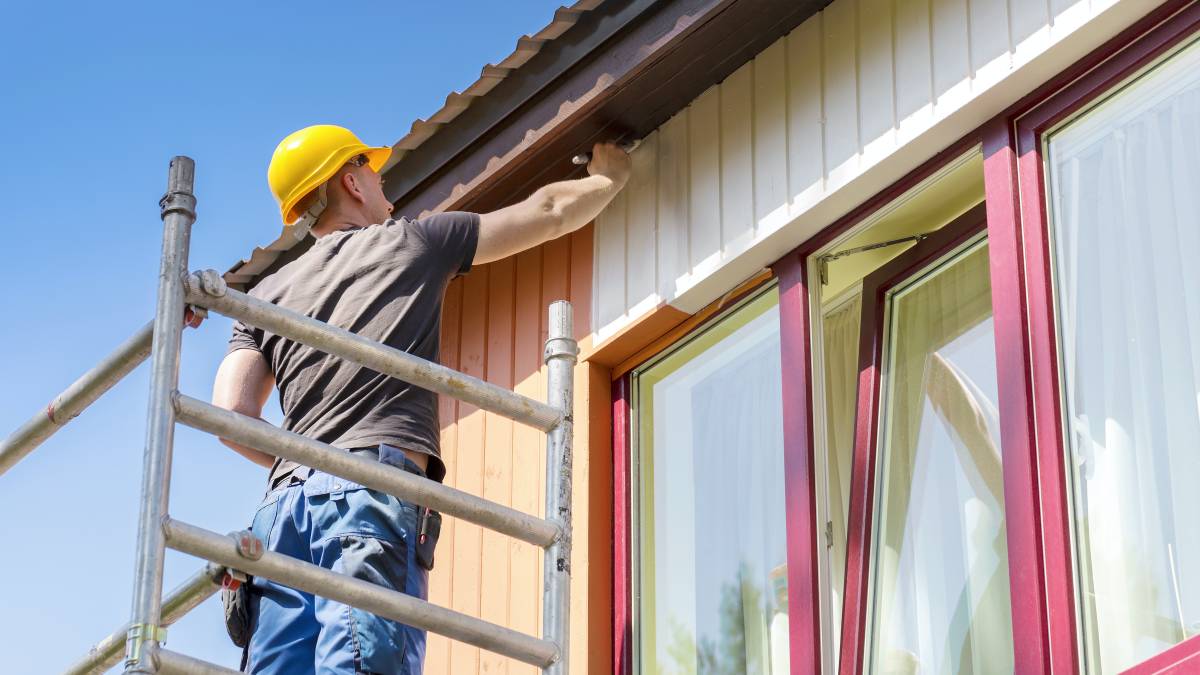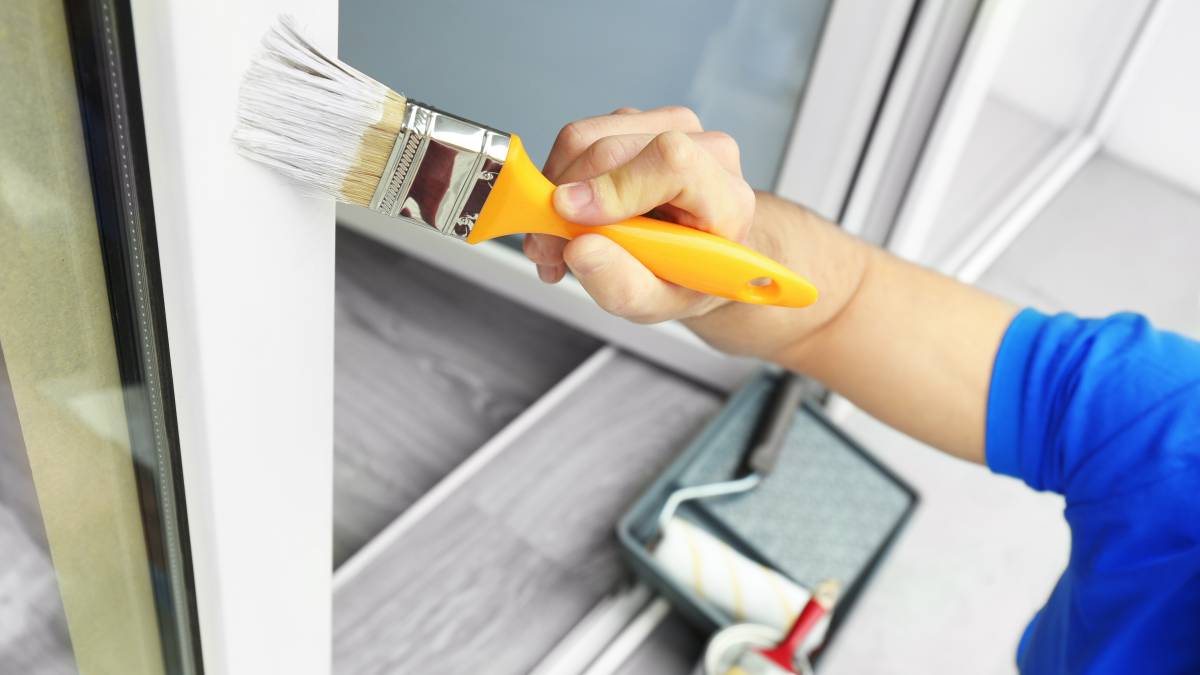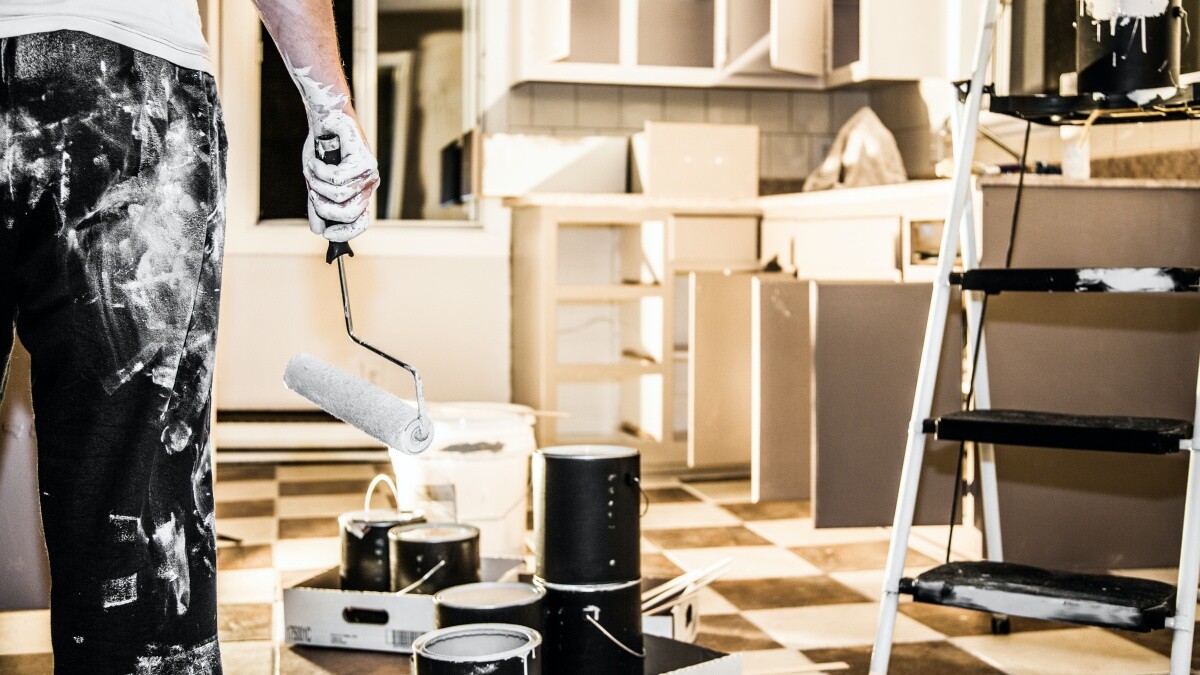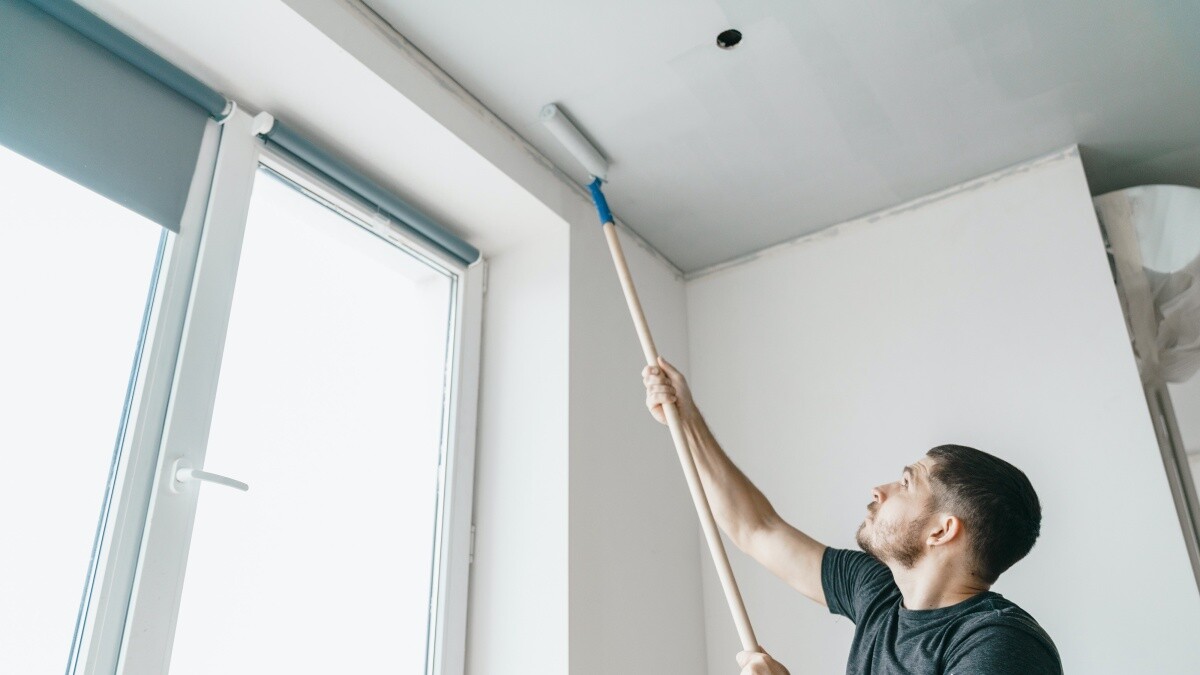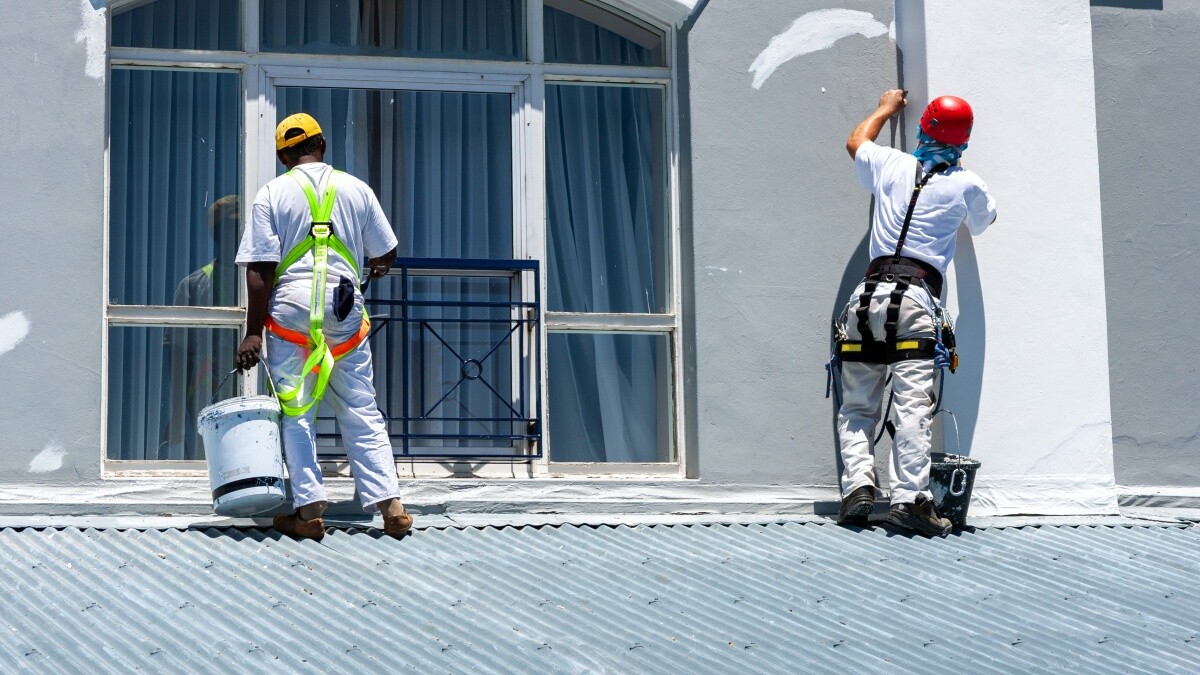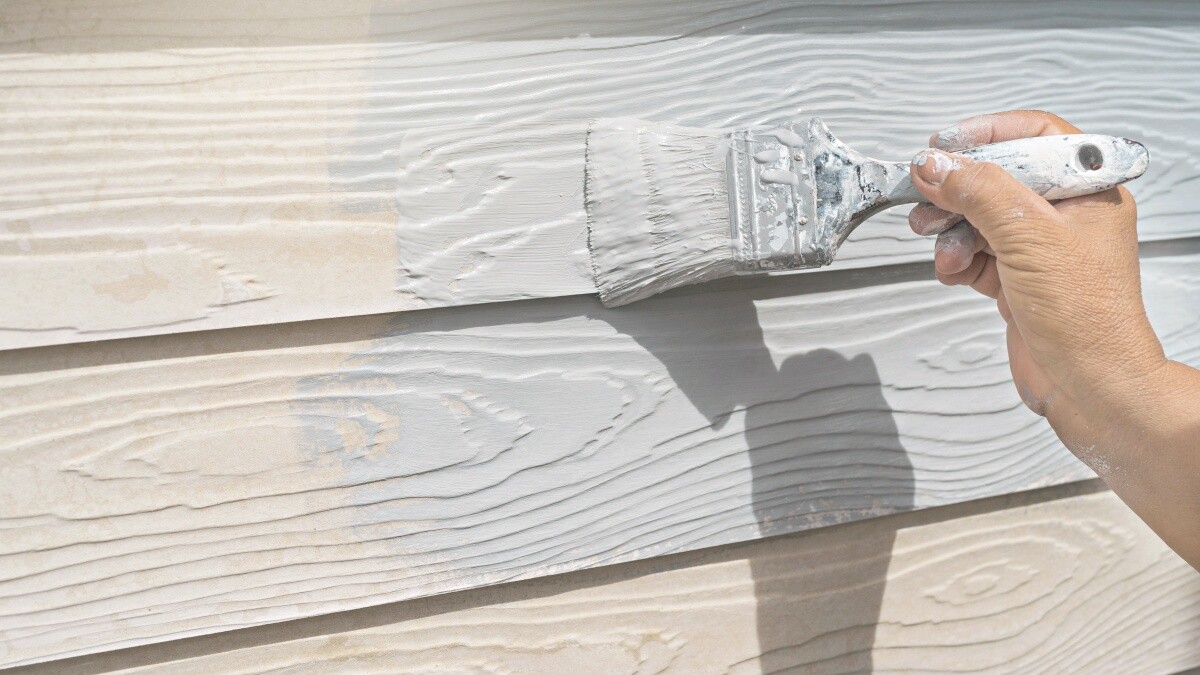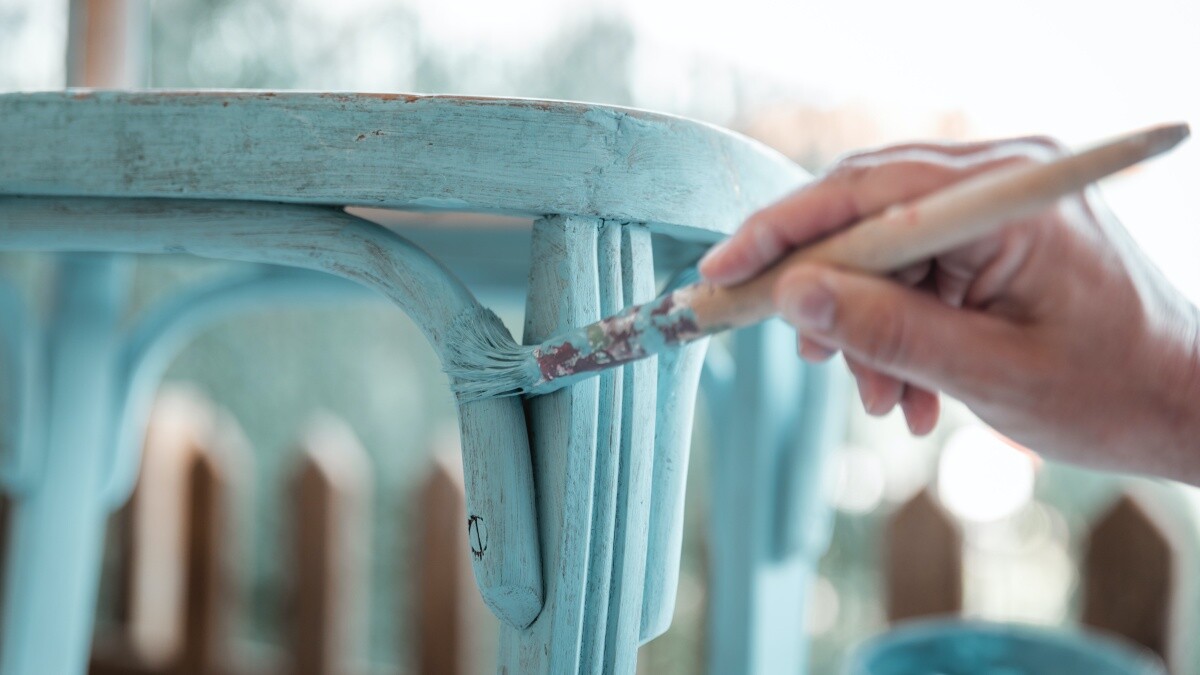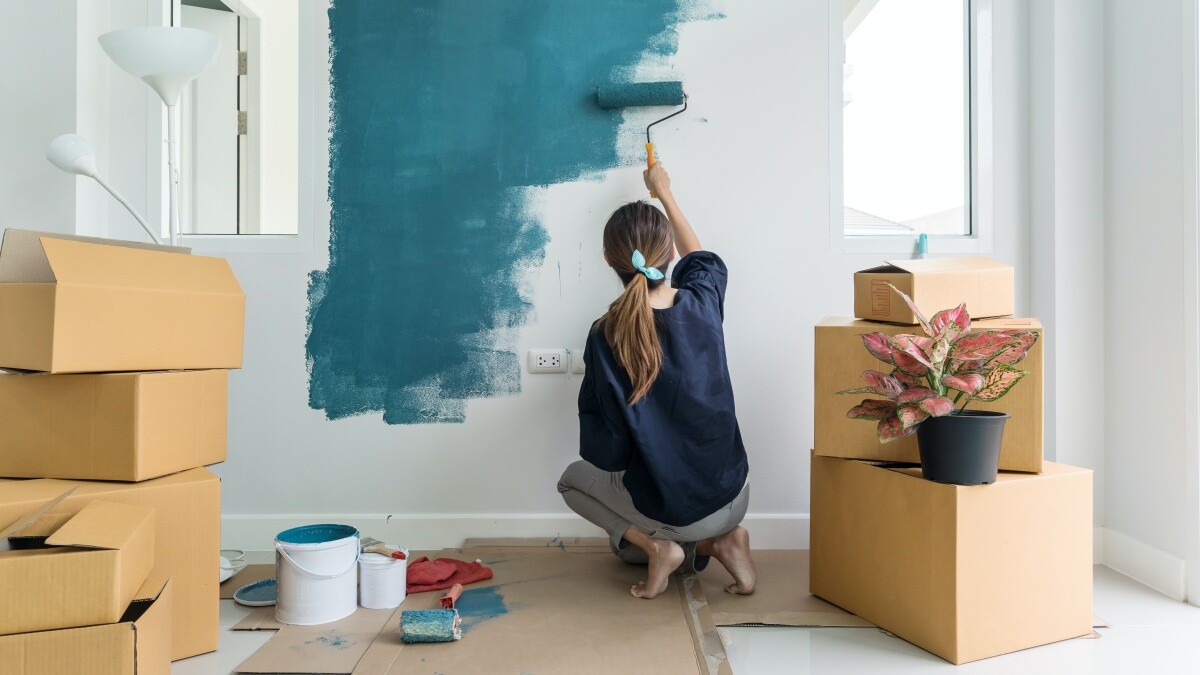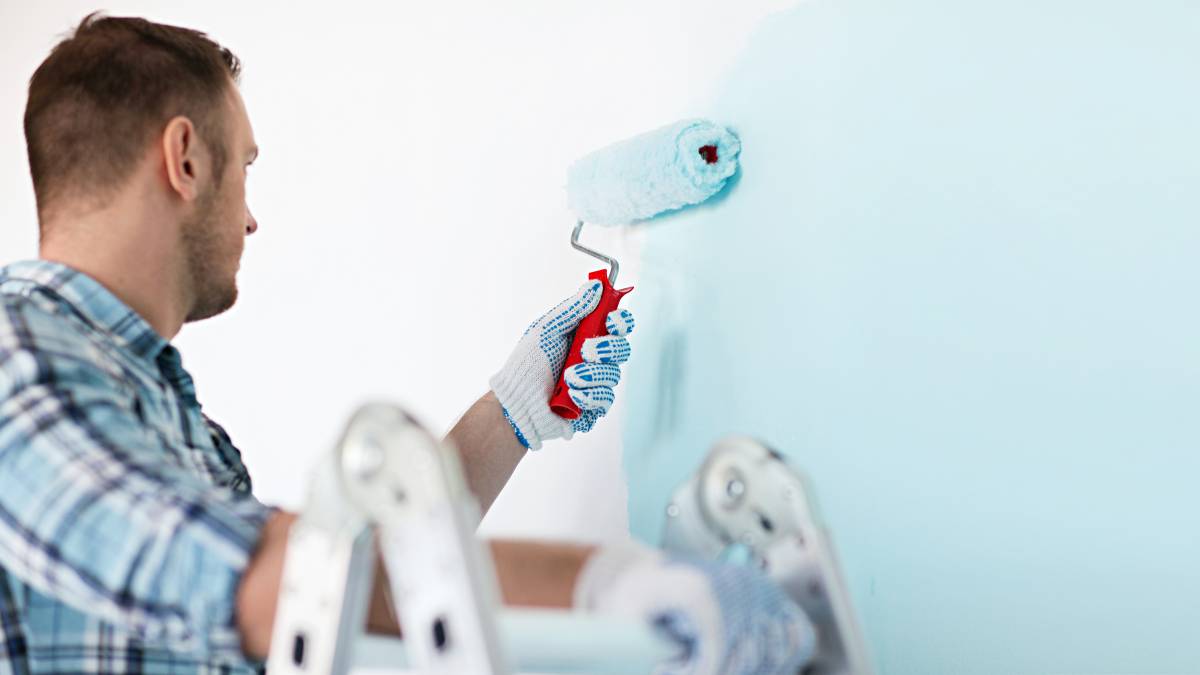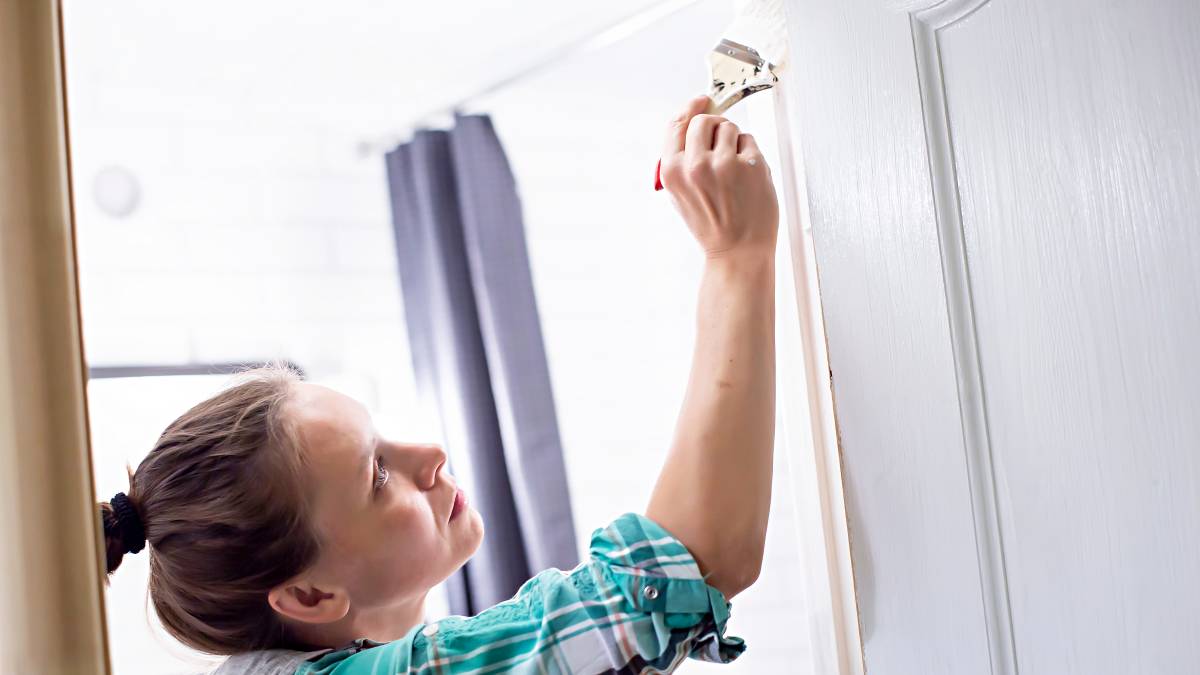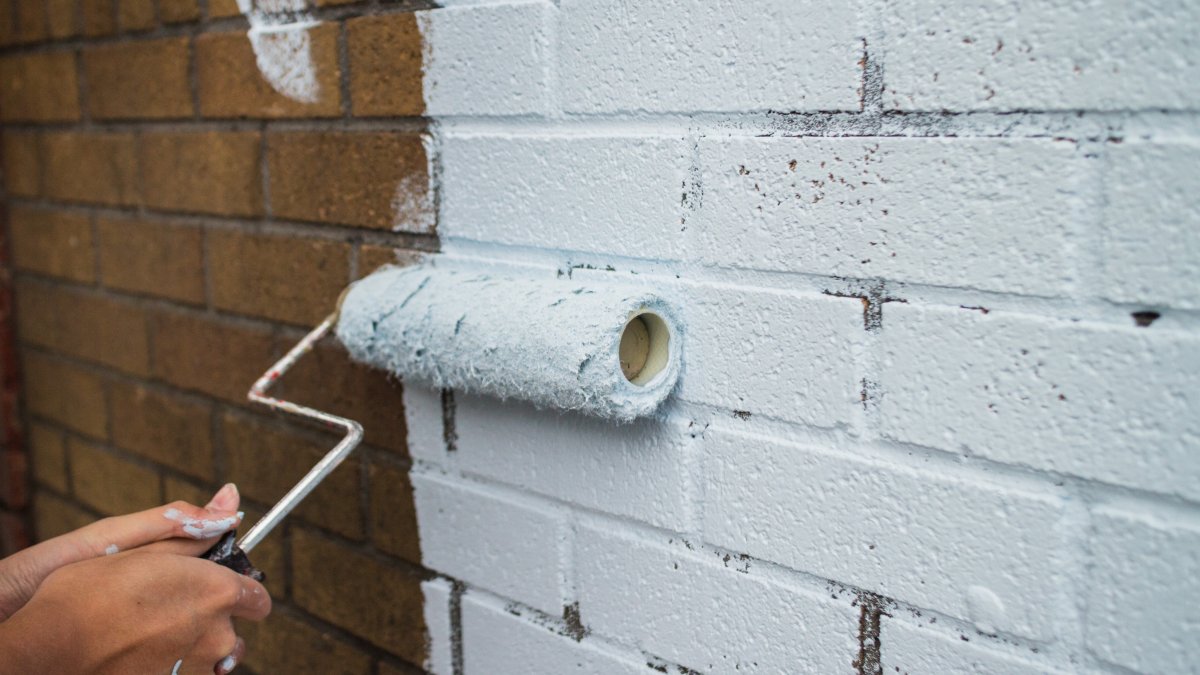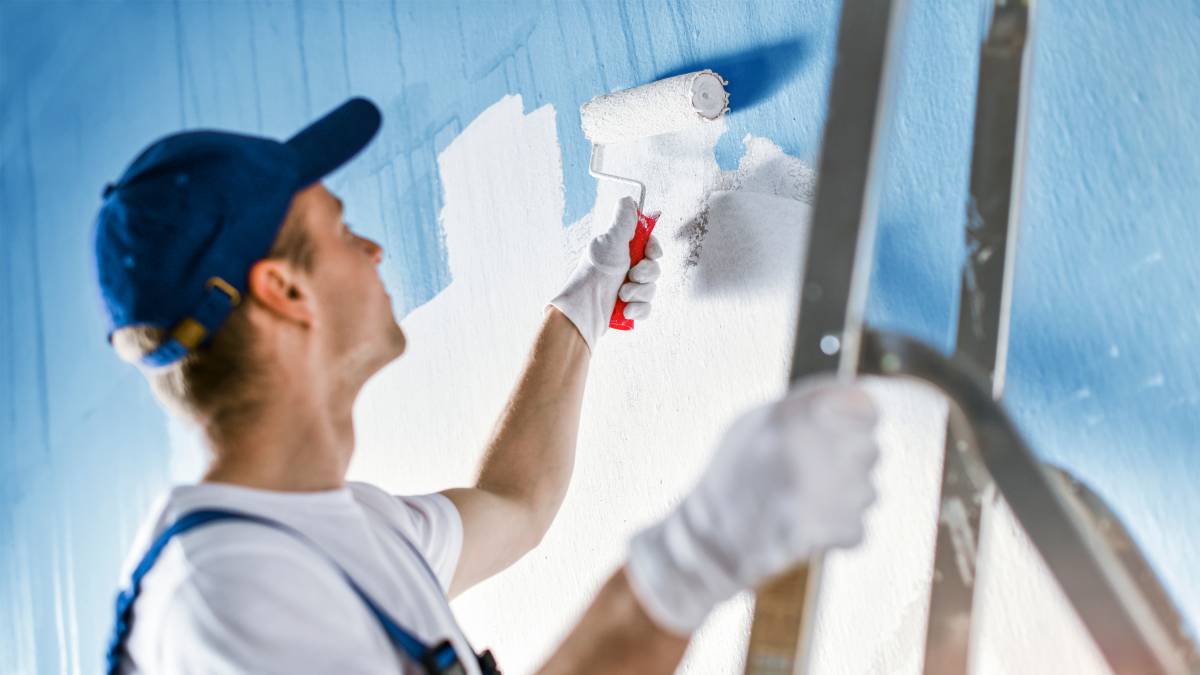- Home/
- Guides/
- Wall Painting/
- Types of Wall Paint
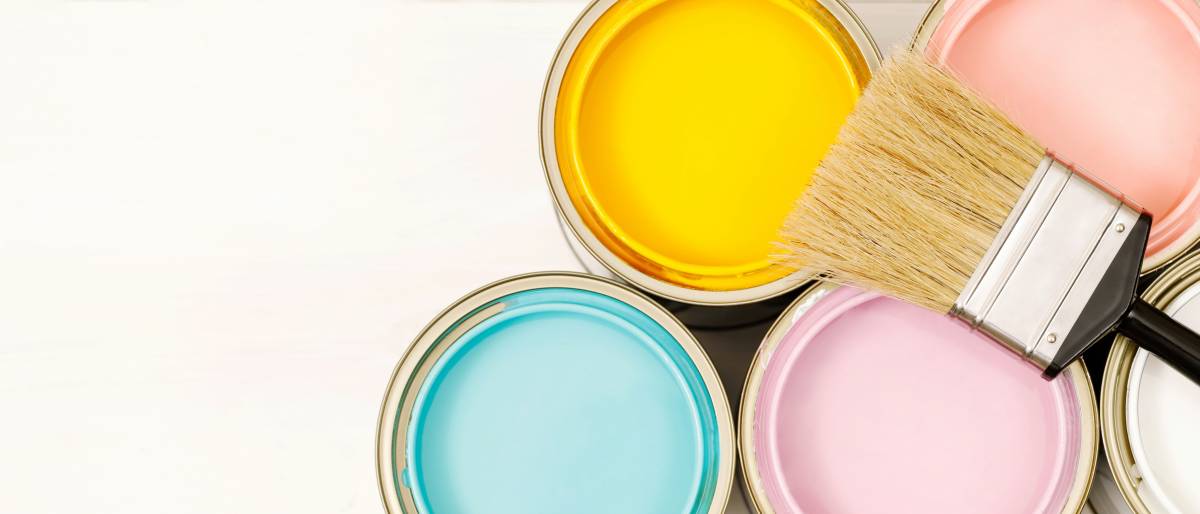
6 Types of wall paint: Know the right one for your home
Skip the guesswork and know the type of paint suitable for a particular room.
Find a wall painterLast Updated on
So you’ve finally chosen the color you want for your walls. All your painting materials and tools are ready, too. But have you figured out which types of wall paint are best for your walls?
Aside from picking a paint color, you must also buy that color in matte, satin, eggshell, or gloss finish. Getting the right paint finish will make the color come out and make your paint last for years.
Check out this quick guide to help you understand how each paint finish differs and which works best for each room.
Types of interior paint
1. Flat or matte finish
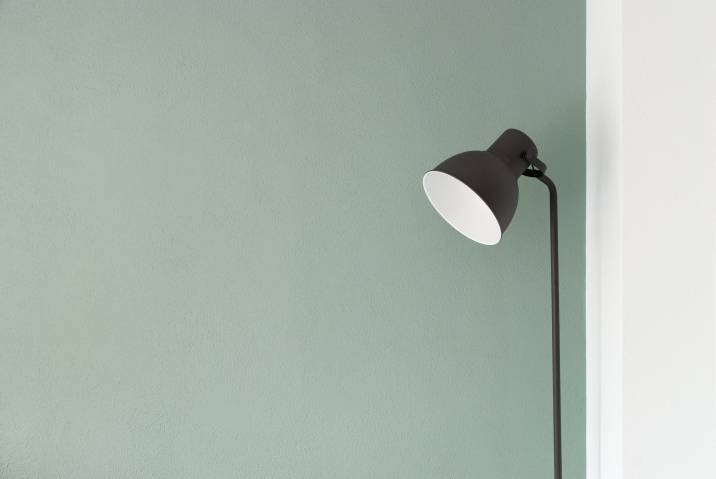
Let’s start with the most commonly used type of paint for interior walls and what’s usually considered the standard sheen for interior walls: the flat or matte finish.
A flat or matte finish soaks up light rather than reflects it, resulting in that flat or muted tone to your walls. It has a soft and the least reflective sheen. But it’s pigmented, which means you enjoy a greater depth of color, more coverage, and a velvety texture to your walls.
And because of its excellent coverage, you save time and money. It’s the best type of paint for interior walls with holes or scratches because it can easily hide imperfections, which is why it’s also known as the ‘concealer of paints.’
- Best for: Low-traffic areas like the dining room and bedroom
- Pros: Has the most pigment, provides great coverage, excellent at hiding imperfections, money-saver
- Cons: Not very durable, difficult to clean
2. Textured finish
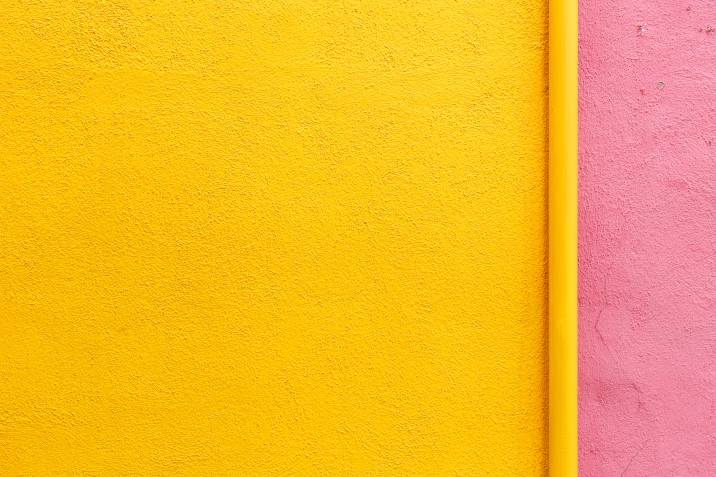
What type of paint for interior walls should you use if you want a distinct, rustic look? You can use a textured paint finish if you’re leaning towards wall paint design ideas with a 3D effect.
A textured finish is among the interior paint finishes perfect for signature walls because they add elegance and depth, especially to the walls in your bedroom or study.
Depending on your style or personal preference, you can opt for that layered or gritty look, which can also be an easy way to hide your walls’ imperfections. You can choose from metallic to brick to ethnic, too. It depends on your space and how you can make everything look cohesive.
- Best for: Accent or feature walls
- Pros: Can easily hide a wall’s imperfections, aesthetically pleasing, quite durable
- Cons: Some designs can make a room look dated. It can also cost more as it’s a specialty finish.
3. Eggshell finish
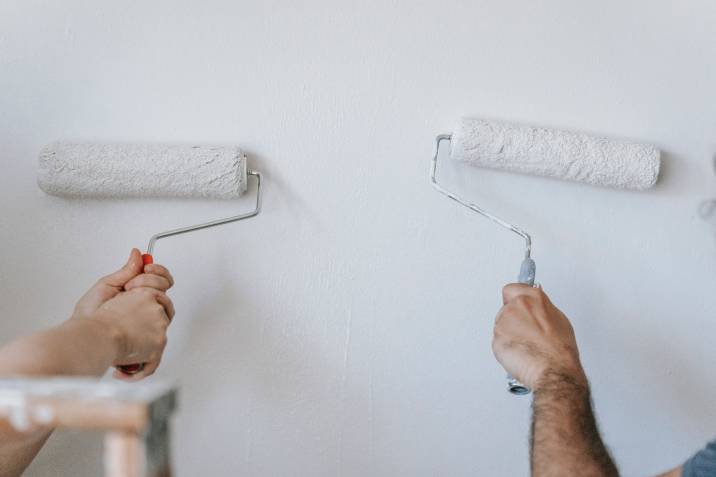
Unlike the flat, unpolished look of matte finish paints, eggshell finish paints have that light, soft eggshell sheen (hence the name). Just think of it as a combination of flat and satin paints.
It has subtle reflectivity and a great deal of durability, making it one of the most recommended types of interior paint for high-traffic areas and demanding environments like the bathroom and kitchen. As such, they’re also a great option if you want easy cleanups.
Want to cover that ugly nail hole or scratched wall? An eggshell finish can sort that out for you, too.
- Best for: Hallways and low to medium-traffic gathering spaces like the living and dining room
- Pros: Washable, scuff-resistant, and has a soft sheen and great coverage/concealing properties
- Cons: Not lustrous and can be hard to do a touch-up
4. Satin finish
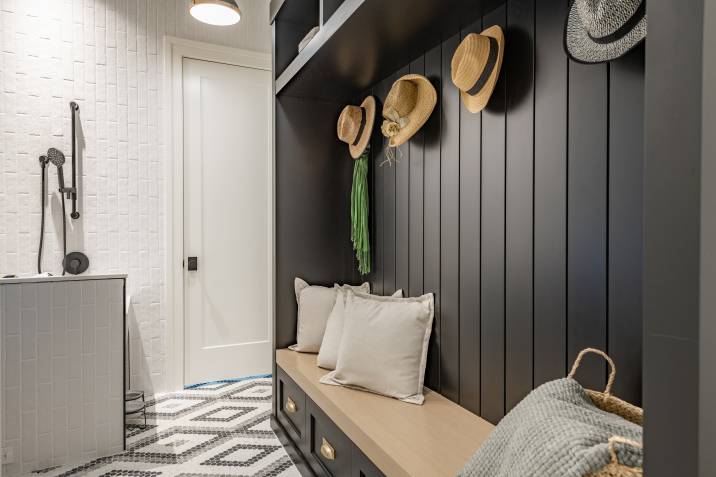
What other types of interior paint finishes are there? Check out satin finish paints if you’re looking for the best paint for areas that don’t get a lot of natural light, like the hallway or the kitchen.
Satin finish paints have a pearl sheen and texture without the glossy finish. It’s more reflective than an eggshell finish but has a softer and more velvety finish. The plus side is that it’s also easy to clean while giving an elegant look to the room.
- Best for: Areas without a lot of natural light, high-traffic areas like kitchens and living rooms, and moisture-exposed areas
- Pros: Elegant look, durable, and easy to clean
- Con: Does not hide imperfections like rookie brush or roller strokes and other touch-ups
5. Semi-gloss
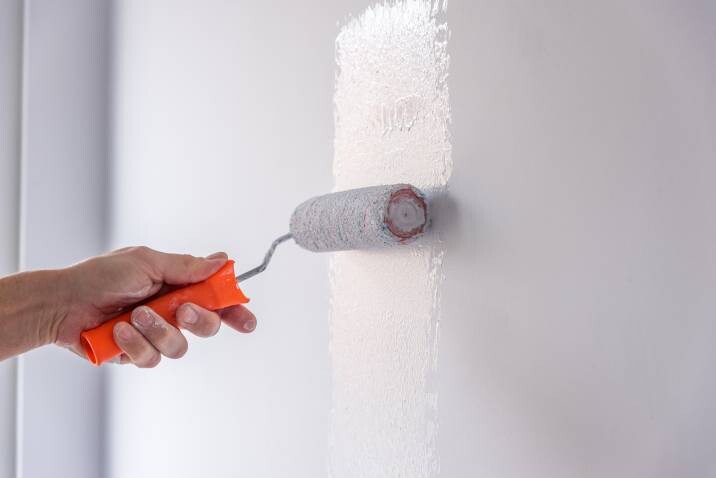
Don’t want something too flat or too shiny? You can easily strike a balance with a semi-gloss paint finish.
It has that reflective and smooth sheen that isn’t as shiny or reflective as high-gloss paints. For this reason, semi-gloss paints are often used with other finishes to create a dual-toned signature or wall accent.
Moreover, it’s mildew-resistant. You can use it in areas constantly exposed to moisture, like kitchens, dining rooms, and kid’s playrooms.
- Best for: Rooms prone to drips and humidity, like kitchens and bathrooms
- Pros: Mildew-resistant, makes a space look bigger, has a smooth and soft sheen, easy to clean, durable
- Cons: Not shiny and does not hide wall imperfections very well
6. High-gloss finish
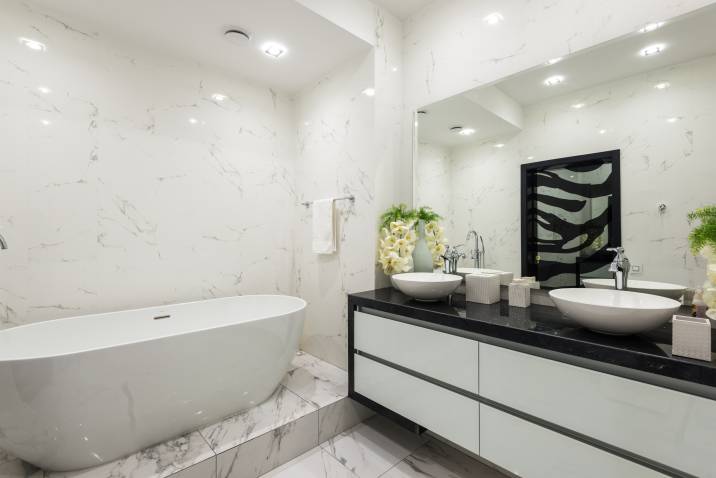
Want the highest shine on your interiors? Choose a high-gloss finish for the best kind of reflective finish.
A high-gloss finish is perfect for kitchens, bathrooms, accent walls, and window trims. You can also use a high-gloss finish for areas in your home that don’t get natural light, like reading nooks, powder rooms, and hallways.
This type of wall paint is also highly durable and cleanable, so it can stand regular dirt or stains and multiple cleanings.
- Best for: Kitchens and bathrooms, as well as window trims, cabinetry, and accents
- Pros: Durable, easy to clean, works well with moisture, and an excellent choice for achieving designer walls
- Cons: Trickier to apply and cannot hide imperfections; multiple coats required
☞ Also read:
How to choose the right paint finish
Play around with paint samples to see how it will look in different rooms and against different lights when dry. They may look gorgeous in a magazine or at the home improvement store but look totally different in your tiny bedroom or kitchen.
- The higher the sheen, the more imperfections it will show. So if you’re trying to hide scratches, bumps, or holes, go for the non-gloss types of wall paint.
- To achieve a serene or calm atmosphere in a room, go for a matte finish.
- Opt for a gloss finish if you want energy and activity. Gloss-finish paints are also perfect for high-traffic areas and dirt-magnet walls.
- Use satin and eggshell paints for smaller rooms with little to no natural light to bring out the paint color.
Different types of wall paint for different spaces
More than elevating the look of a room, the paint you choose should also be suitable and durable. Certain paint finishes, like satin, semi-gloss, and high-gloss, work well in high-traffic and moisture-prone areas because they’re low-maintenance and can last several years. Meanwhile, other types of interior paint, such as matte, textured, and eggshell, do an excellent job of hiding wall imperfections.
With these things in mind, you can confidently choose which types of wall paint will work best for your interiors. Still, if you need professional advice or help with a complex painting task, you can find painters near you on Airtasker. Check out this interior painting cost guide for more information on typical costs.
FAQs on wall paint
The three most popular types are acrylic, water-based latex paints, and oil-based paint blends. Acrylic water-based latex paints are used to paint exteriors and interiors because of their durability on many types of surfaces. Meanwhile, oil-based paint blends are often used to paint cabinets and construction doors and trims.
Emulsion paint is used for interior ceilings and walls and is the most common type of interior paint. However, you can also use this water-based paint for exteriors, except for wood and metal.
The best paint type depends on the room you wish to paint. Most designers and homeowners use flat/matte, satin, and eggshell paint for interiors because of their versatility and durability. They all have a nice and elegant finish, too. Use the above guide or consult a professional to determine which type of paint is best for your project.
Satin paint is your best bet as it’s durable and versatile. It works well in high-traffic areas like kitchens and living rooms. It’s also mildew-resistant, so you can use it in bathrooms and powder rooms. More importantly, it’s easier to clean while keeping its soft sheen.
Latex paint dries after an hour, while oil-based paints dry after six to eight hours. To be safe, check the label on the paint can for the exact number of hours for it to dry.
A high-gloss paint finish is ideal for painting window frames prone to dirt and moisture.
Find wall painters, fast
Find a wall painter
Related articles
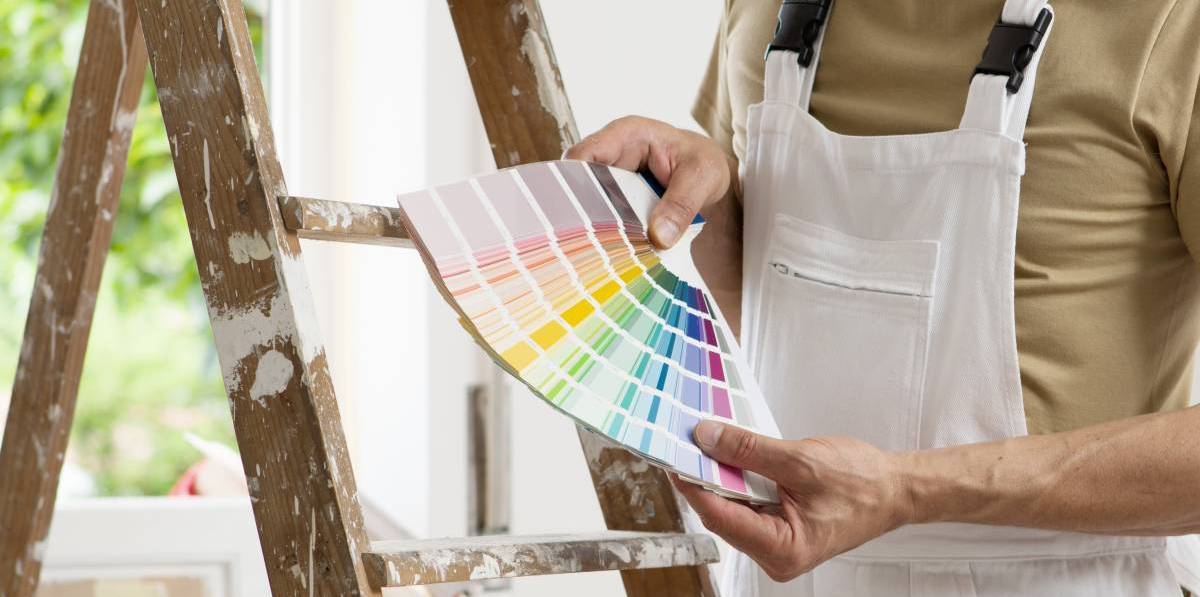
How much do painters make?
Read more
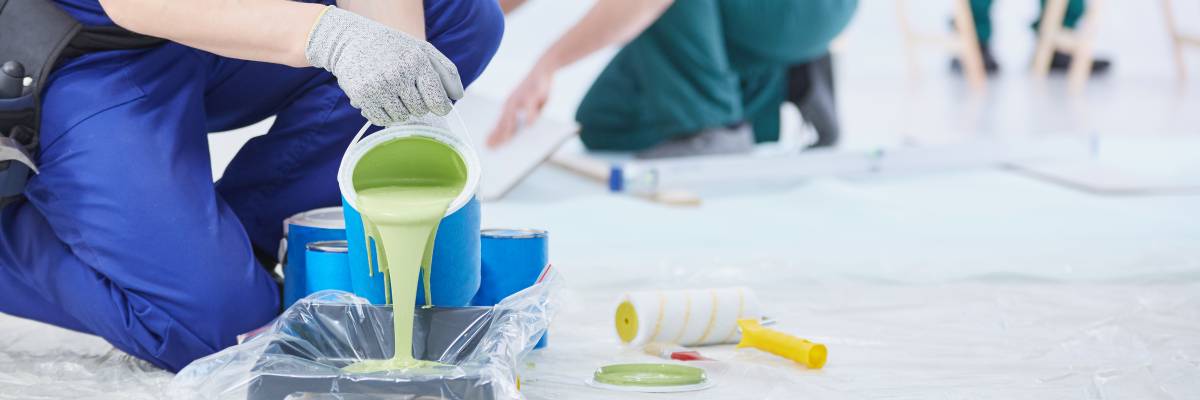
How to estimate a paint job
Read more
Related price guides
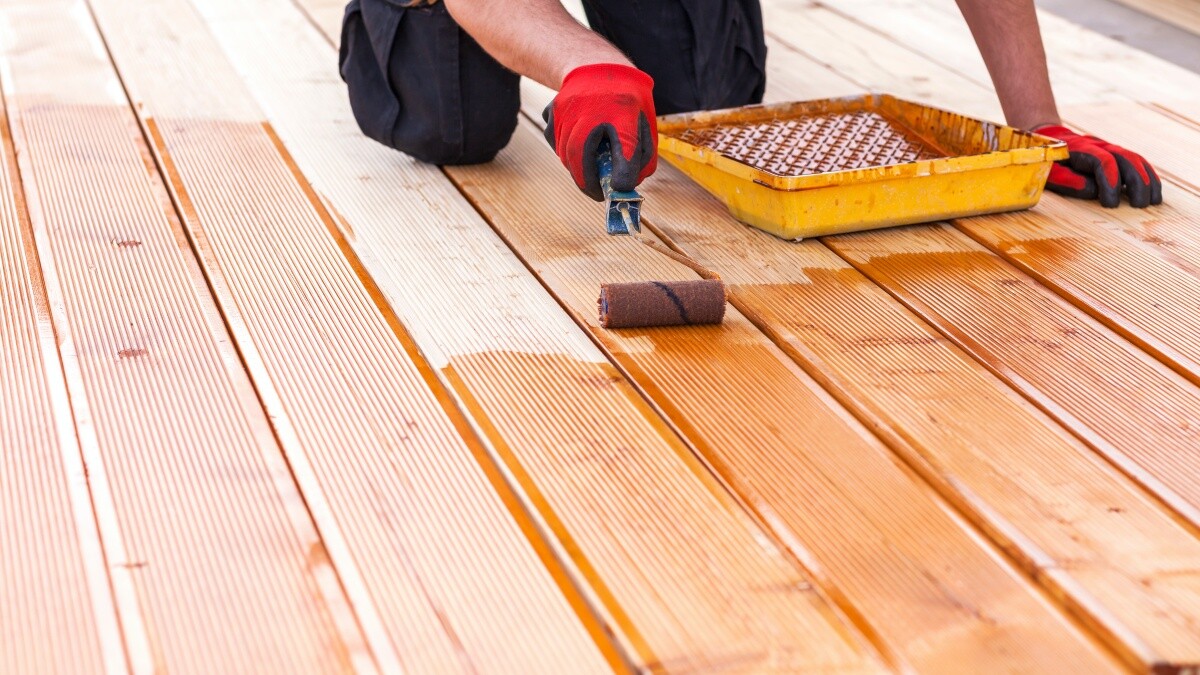
How much does deck painting cost?
Read more
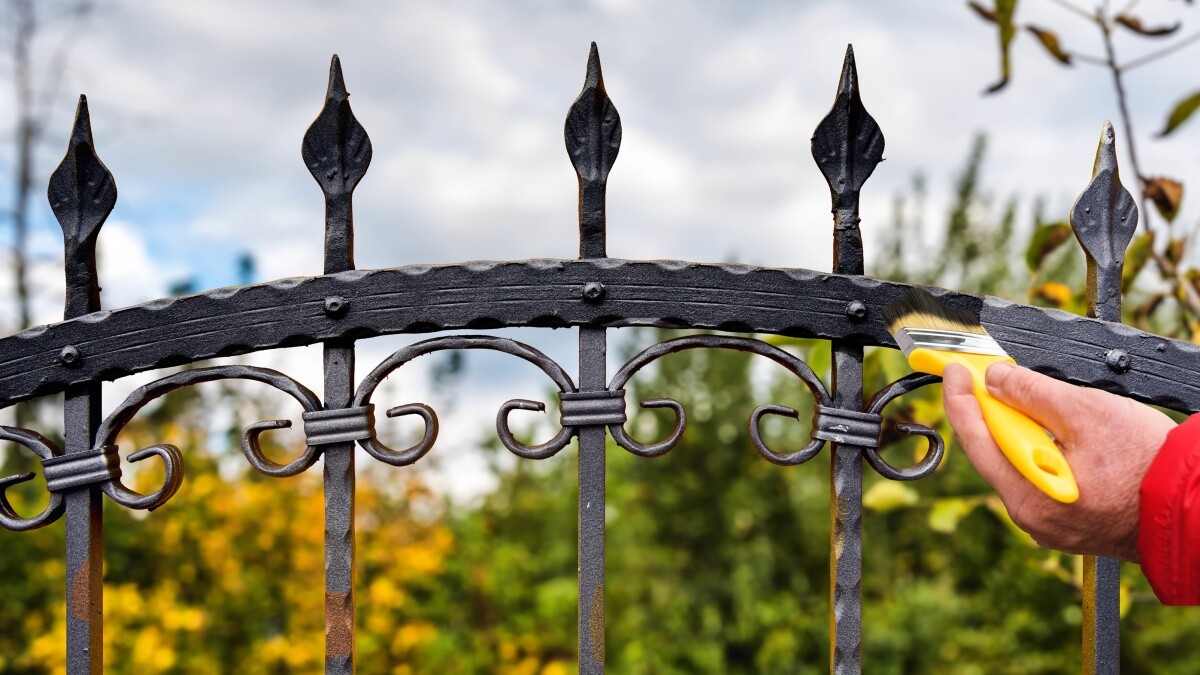
How much does fence painting cost?
Read more
